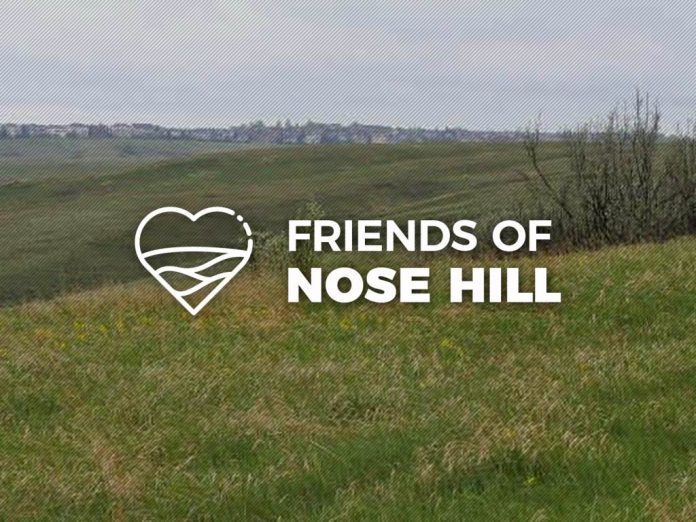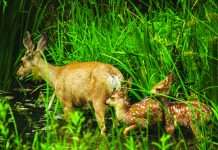The City conducted a Downtown Off-Leash Dog Area Study. In Calgary, there are off-leash areas at 157 locations and 1,200 hectares city-wide. The 2011 Calgary Parks’ Off-Leash Area Management Plan allows for new off-leash opportunities. In addition, there is an annual joint review of the City Parks development guidelines and standard specifications for landscape construction.
A 1983 study of the Calgary region reports that it contains a great abundance and diversity of wildlife. Upland natural areas are rare in any urban area, but the City has set aside Nose Hill as a natural area of prairie grassland. Once widespread this type of vegetation has now virtually disappeared in many areas of Alberta. Isolated clumps of willow and clones of trembling aspen add diversity. There are guidelines for protection of environmentally significant areas. Accepting or rejecting a site should not be based on disturbance, since most of the land within the city limits will be developed. Any natural remnant of the original landscape becomes a resource of great value. The report predicts that the importance of Nose Hill as a natural area will increase as the city expands to the north and west, completely encircling the Hill.
In 2015, Council adopted the BiodiverCity Policy and 10-year biodiversity strategic plan. The aim was based on The Durban Commitment: Local Governments for Biodiversity. The 13 members of the Advisory Committee on BiodiverCity are appointed by City Council and meet regularly. (Meetings are open to the public.) It reports to the Council Committee on Community and Protective Services and provides an annual progress report.
The World Commission on Protected Areas involves 140 countries in mobilizing action in science, conservation, policy, and engagement to support well managed and connected parks and other protected areas. There is a green list of protected and conserved areas in a global database of case studies and solutions for a Healthy Planet, with maps and photos at ProtectedPlanet.net. There are best practices for protected area managers, technical reports, a PARKS Journal, and briefings.









